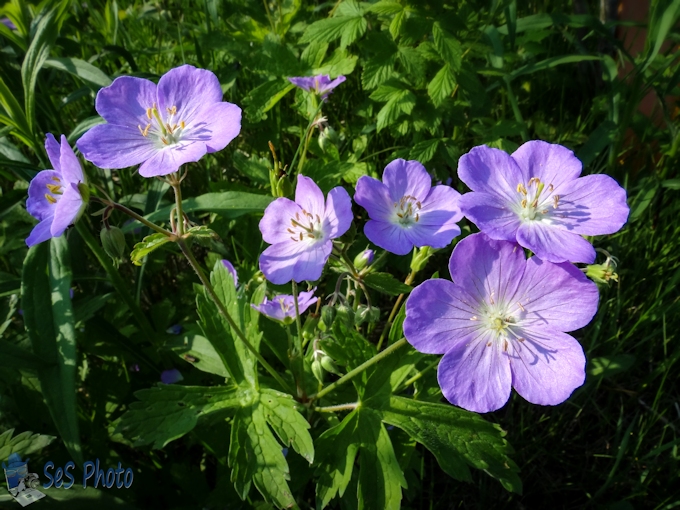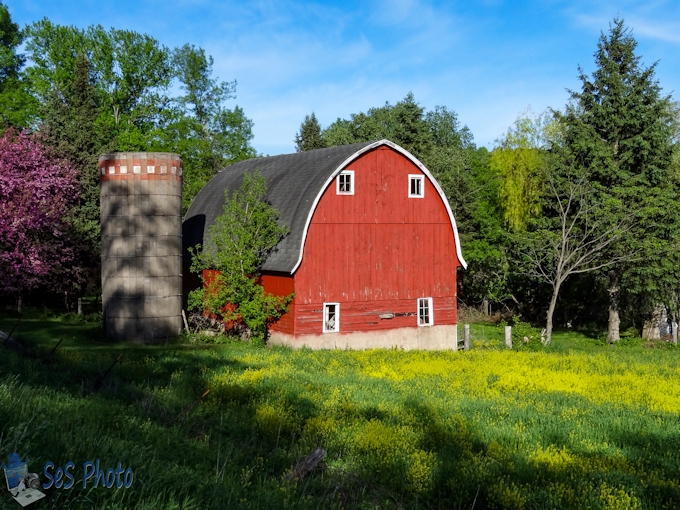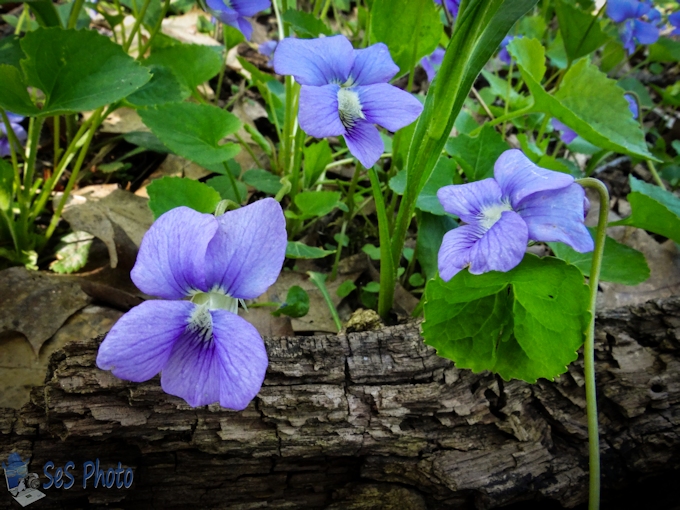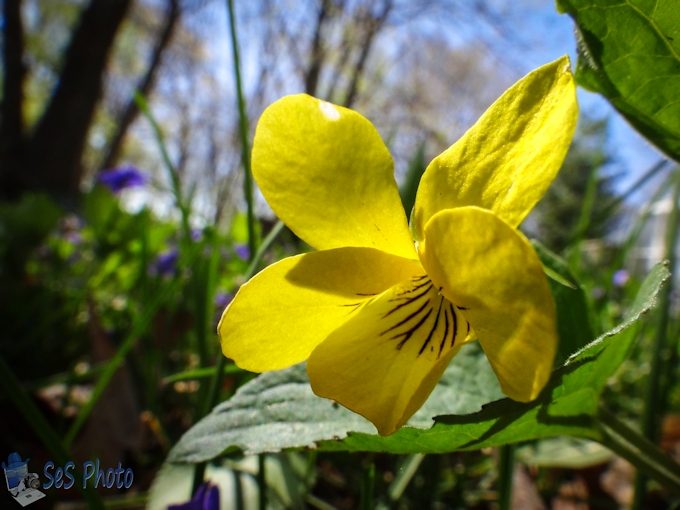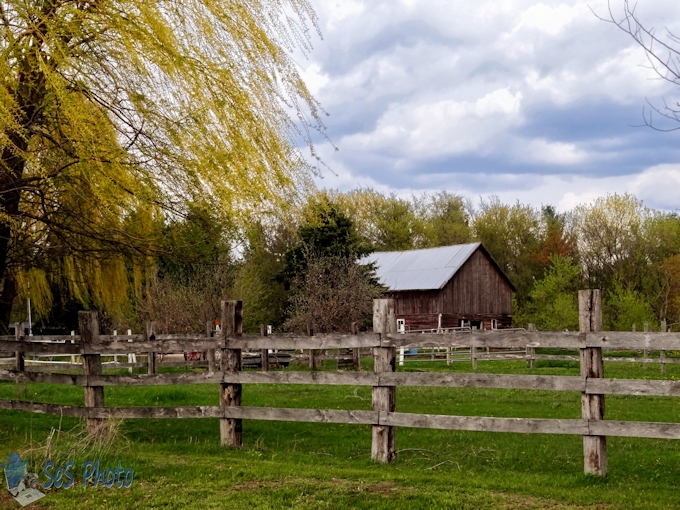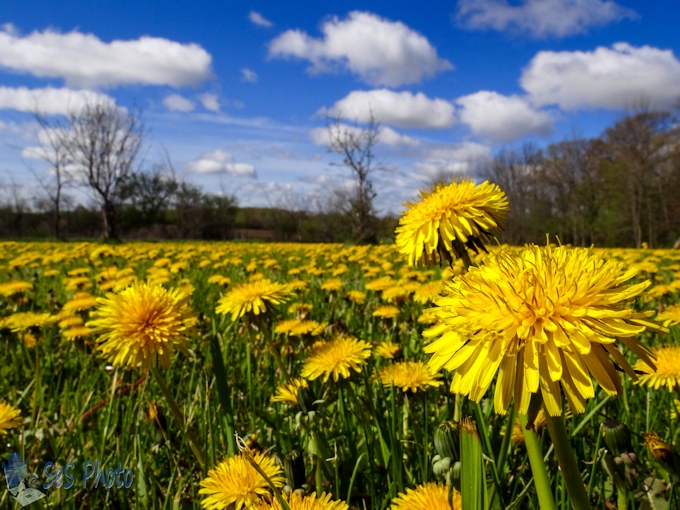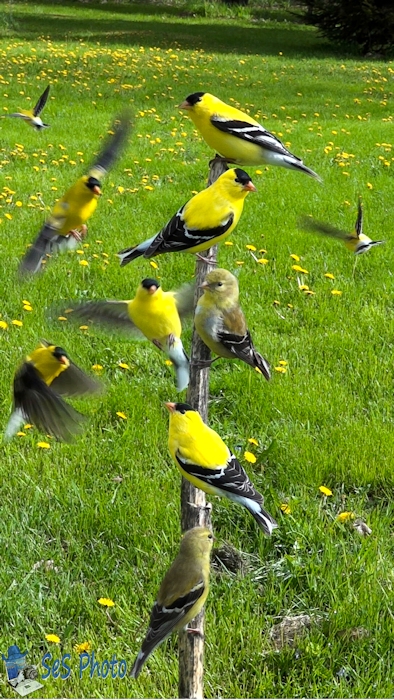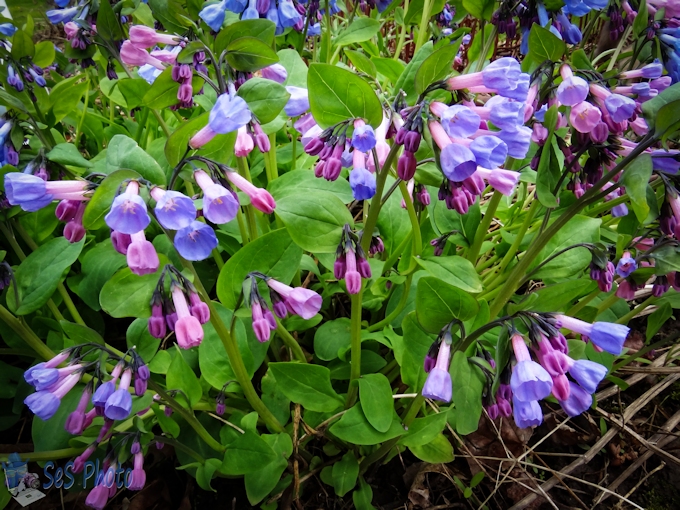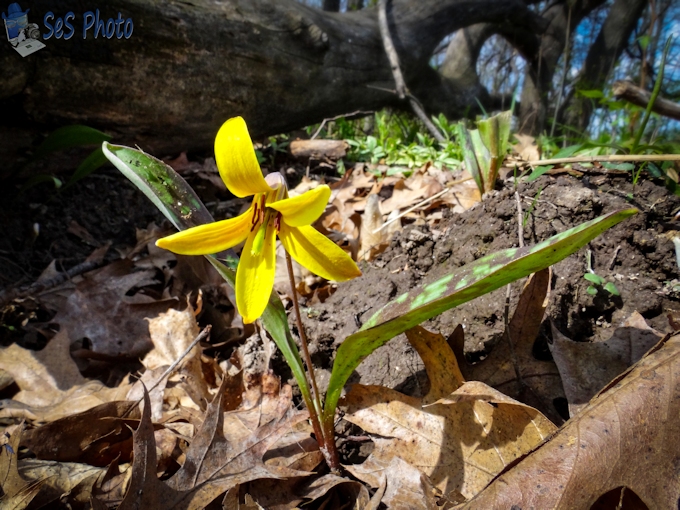If you take a Sunday afternoon drive around the area, you might discover the roadside ditches filled with pink color since the wild geraniums are blooming. Geranium maculatum is another wildflower with lots of names although I have only known it as wild geranium but other common names include alum root, alum bloom, cranesbill, spotted cranesbill, wild cranesbill, spotted geranium, and wood geranium. The fruit capsule looks like a long beak-like column which resembling a crane’s bill and why it has those other common names.
This wildflower was used medicinally by Native Americans to treat diarrhea and open sores or wounds. I didn’t try it on the deer fly bite on my arm so I might have to check that plant property out.
Ditches in Pink


